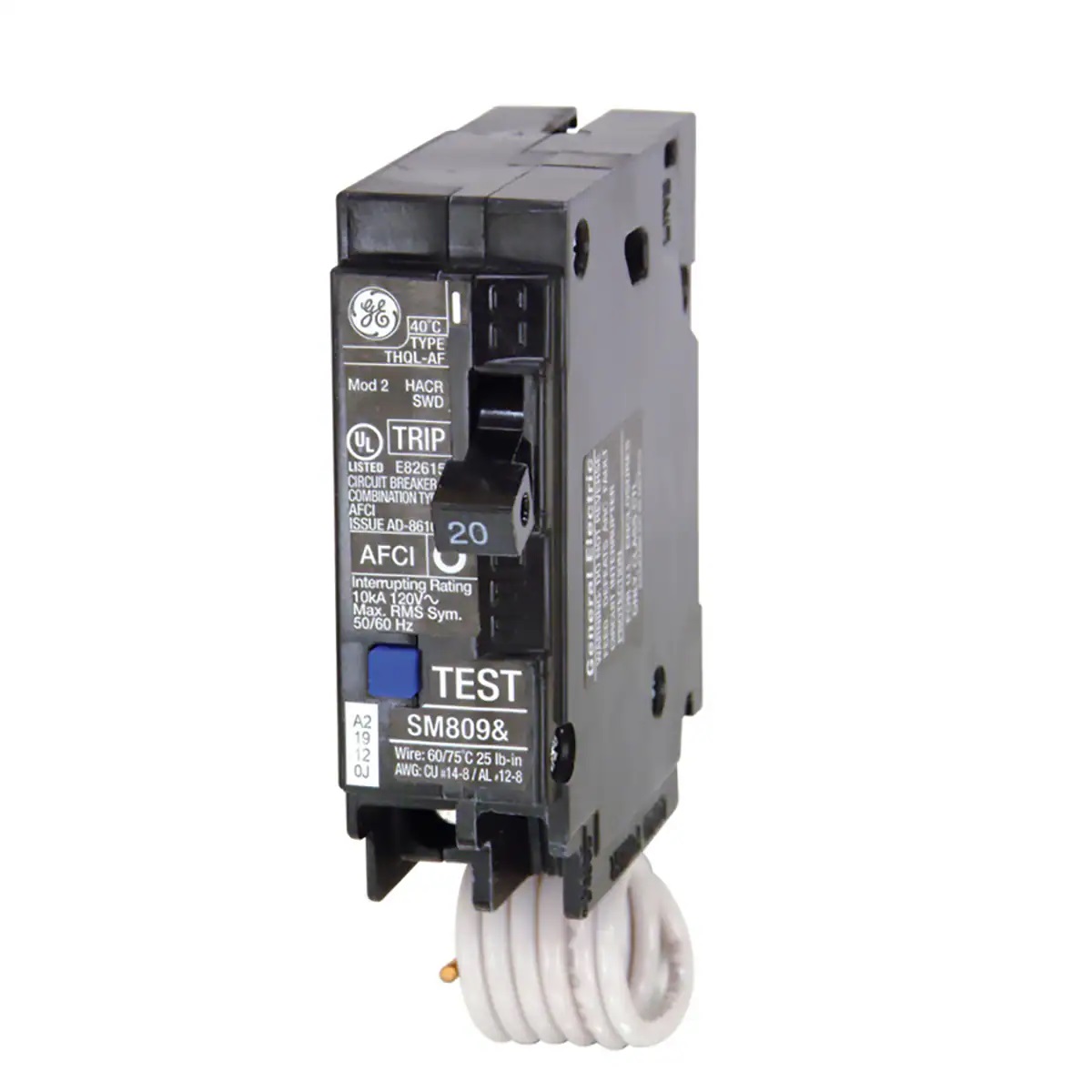

Articles
What Do Arc Fault Breakers Do
Modified: December 7, 2023
Discover what arc fault breakers do and why they are essential for electrical safety. Read our informative articles on this crucial topic.
(Many of the links in this article redirect to a specific reviewed product. Your purchase of these products through affiliate links helps to generate commission for Storables.com, at no extra cost. Learn more)
Introduction
Arc fault breakers have emerged as an essential component in electrical systems, providing an added layer of protection against electrical fires. As technology continues to advance, it becomes crucial to understand the role and functionality of arc fault circuit interrupters (AFCIs) in safeguarding homes and businesses.
In this article, we will delve into the world of arc fault breakers, exploring what they are, how they work, their common applications, and the benefits and potential drawbacks of integrating them into electrical systems. Additionally, we will discuss the codes and standards governing arc fault circuit interrupters and offer tips for their installation and maintenance.
By the end of this article, you will have a comprehensive understanding of arc fault breakers and be equipped with the knowledge to make informed decisions regarding their integration into electrical systems.
Key Takeaways:
- Arc fault breakers are advanced devices that detect and prevent dangerous electrical arcs, significantly reducing the risk of electrical fires in residential and commercial buildings. Their precision detection and code compliance make them a valuable addition to electrical systems.
- While arc fault breakers offer enhanced fire safety and peace of mind, it’s important to consider potential drawbacks such as cost and compatibility issues. Proper installation, regular testing, and adherence to manufacturer guidelines are crucial for maximizing their effectiveness and ensuring safety.
Read more: Why Do Arc Fault Breakers Trip
What are Arc Fault Circuit Interrupters (AFCIs)?
Arc fault circuit interrupters, commonly referred to as AFCIs, are specialized devices designed to detect and prevent the occurrence of dangerous electrical arcs. An electrical arc is an unintentional discharge of electricity that occurs when a current flows through an unintended path, such as a damaged wire or a loose connection.
Traditional circuit breakers are primarily designed to protect against overloads and short circuits, but they are often unable to detect and react to the unique characteristics of electrical arcs. This is where AFCIs come into play.
AFCIs are essentially advanced circuit breakers equipped with detection technology that allows them to identify and interrupt arcing faults. When an AFCI senses an abnormal electrical arc, it quickly trips the circuit, cutting off the flow of electricity and preventing potential electrical fires from occurring.
These devices provide a crucial layer of protection, as electrical arcs are one of the leading causes of residential fires. Arcing faults can be triggered by various factors, including damaged insulation, aging wiring, loose connections, or even everyday activities like plugging and unplugging electrical devices.
AFCIs are typically installed in the electrical panel of a building and are designed to monitor specific circuits or groups of circuits. They are available in different types, including branch/feeder AFCIs, combination AFCIs, and outlet AFCIs, each tailored to different electrical system requirements and applications.
It is important to note that AFCIs are not a generic solution for all electrical problems. They are specifically designed to address the risks associated with electrical arcs and are not intended to replace other protective devices like ground fault circuit interrupters (GFCIs) or surge protectors. Combining the functionalities of AFCIs, GFCIs, and surge protectors can provide comprehensive protection against a wide range of electrical hazards.
How Do Arc Fault Breakers Work?
Arc fault breakers incorporate advanced technology that allows them to detect and respond to electrical arcs. These devices are designed to closely monitor the electrical current flowing through a circuit and identify any abnormal arcing conditions.
The process starts with the arc fault breaker’s internal circuitry, which continuously analyzes the electrical waveforms within the circuit. The breaker looks for specific patterns and characteristics associated with arcing faults, such as high-frequency signals and voltage fluctuations.
When the arc fault breaker detects an abnormal arc, it quickly interrupts the circuit and shuts off the electrical supply to prevent the arc from causing a fire. The interruption is typically achieved by mechanical means, such as a built-in electromagnetic coil or a thermal trip mechanism.
Some arc fault breakers also employ digital technology to provide even more precise detection and response capabilities. Digital AFCIs use microprocessors to analyze electrical waveforms in real-time, offering enhanced sensitivity and the ability to differentiate between harmless arcs, such as those caused by switching appliances, and potentially hazardous arcs.
In addition to their detection capabilities, arc fault breakers are also equipped with features that enhance their performance and reliability. These include self-testing mechanisms that regularly check the integrity of the breaker’s components and alert the user if any faults are detected. This ensures that the breaker remains in optimal working condition and provides reliable protection.
It is worth noting that arc fault breakers are not foolproof and may not detect all arcing faults. Factors such as the location of the fault, the type of arc, and the circuit’s impedance can affect detection sensitivity. However, when properly installed and maintained, arc fault breakers significantly reduce the risk of electrical fires caused by arcing faults.
Overall, the operation of arc fault breakers involves a combination of advanced sensing technology, real-time analysis, and quick response mechanisms. These features make them effective in identifying and mitigating the risks associated with electrical arcs, providing valuable safety benefits for residential and commercial applications.
Common Applications of Arc Fault Breakers
Arc fault breakers are widely used in various electrical systems to enhance safety and minimize the risk of electrical fires. Let’s explore some of the common applications where arc fault breakers are utilized:
- Residential Buildings: One of the primary applications of arc fault breakers is in residential buildings. They are typically installed in bedrooms, living rooms, and other areas where electrical outlets and circuits are present. Residential arc fault breakers help protect against the potential hazards of arcing faults in wiring, appliances, and devices, reducing the risk of electrical fires.
- Commercial Buildings: Arc fault breakers also find extensive use in commercial buildings, including offices, retail spaces, and industrial facilities. These breakers ensure the safety and reliability of electrical systems by detecting arcing faults that may occur due to faulty wiring, damaged equipment, or other electrical abnormalities.
- Rental Properties: Landlords and property owners often choose to install arc fault breakers in rental properties as an additional safety measure. They provide an extra layer of protection against electrical fires caused by potential arcing faults, safeguarding the property and its occupants.
- New Construction: Many building codes and regulations now require the installation of arc fault breakers in new construction projects. This ensures that the electrical systems in newly built homes and commercial buildings comply with safety standards and provide enhanced protection against arcing faults.
- Retrofitting Existing Electrical Systems: In older buildings or systems that do not have arc fault protection, retrofitting with arc fault breakers can be an effective solution. By adding these breakers to existing circuits, property owners can significantly improve the safety of their electrical systems, even without undertaking a complete rewiring project.
These are just a few examples of the many applications where arc fault breakers are utilized. It is important to consult with a qualified electrician or adhere to local building codes and regulations when determining the appropriate use and installation of arc fault breakers in specific settings.
By incorporating arc fault breakers into various electrical applications, individuals and organizations can proactively mitigate the risks associated with arcing faults, ensuring the overall safety and protection of electrical systems.
Benefits of Using Arc Fault Breakers
Arc fault breakers offer several key benefits that make them a valuable addition to electrical systems. Let’s explore some of the advantages associated with using arc fault breakers:
- Enhanced Fire Safety: One of the primary benefits of arc fault breakers is that they significantly reduce the risk of electrical fires caused by arcing faults. By quickly detecting and interrupting abnormal arcs, these breakers prevent the arc from developing into a fire hazard, helping to protect lives and property.
- Precision Detection: Arc fault breakers are designed to accurately detect hazardous electrical arcs while minimizing false detections. Advanced detection technology allows them to differentiate between harmful arcing faults and normal electrical operations, such as switching appliances or lighting fixtures.
- Compatibility with Existing Electrical Systems: In many cases, arc fault breakers can be seamlessly integrated into existing electrical systems without the need for extensive rewiring. This makes them a practical choice for retrofitting older buildings or upgrading electrical systems to meet safety standards and codes.
- Code Compliance: Many building codes and regulations now mandate the installation of arc fault breakers in specific areas or for specific types of buildings. By using these breakers, property owners can ensure compliance with safety standards, avoiding potential legal issues and ensuring the safety of occupants.
- Protection for Sensitive Electronics: Arc fault breakers not only protect against electrical fires but also protect sensitive electronics. Electrical arcs can cause damage to equipment, appliances, and devices, leading to costly repairs or replacements. The ability of arc fault breakers to detect and interrupt abnormal arcs helps safeguard valuable electronics from potential harm.
- Peace of Mind: Incorporating arc fault breakers into electrical systems provides peace of mind, knowing that an additional layer of protection is in place. This can be particularly important in residential settings, where homeowners want to ensure the safety of their families and valuable possessions.
These benefits highlight the value of using arc fault breakers in various applications, ranging from residential to commercial settings. By investing in these advanced protection devices, individuals and organizations can proactively mitigate the risks associated with electrical arcs, contributing to a safer and more secure environment.
Arc fault breakers are designed to detect dangerous electrical arcs in your home’s wiring and shut off power to prevent fires. It’s important to have them installed in areas where arc faults are more likely to occur, such as bedrooms and living rooms.
Potential Drawbacks of Arc Fault Breakers
While arc fault breakers offer numerous benefits, it is important to also consider their potential drawbacks. Understanding these drawbacks can help individuals make informed decisions when integrating arc fault breakers into their electrical systems. Let’s explore some of the potential drawbacks:
- Cost: One of the main drawbacks of arc fault breakers is their cost. Compared to traditional circuit breakers, arc fault breakers tend to be more expensive. The advanced technology and additional features that enable them to detect and respond to arcing faults contribute to their higher price point.
- False Tripping: Arc fault breakers may sometimes experience false tripping, where they mistakenly detect harmless arcs and interrupt power to the circuit. False tripping can be triggered by certain electrical devices, such as dimmer switches, motors, or high-current appliances, which can create arc-like signals that the breaker detects as a fault. This can lead to inconvenience and disruption in the electrical system.
- Compatibility Issues: In some instances, arc fault breakers may not be fully compatible with certain electrical systems or devices. For example, older electrical systems or systems with incompatible wiring methods may require additional modifications or upgrades to properly integrate arc fault breakers. It is essential to consult with a qualified electrician to ensure compatibility and proper installation.
- Installation Complexity: Installing arc fault breakers can be more complex than installing traditional circuit breakers. Proper wiring techniques and adherence to specific installation guidelines are crucial to ensure the correct functioning of the breakers. In some cases, professional assistance may be required to install arc fault breakers correctly.
- Maintenance and Troubleshooting: Like any electrical device, arc fault breakers may require periodic maintenance and troubleshooting. It is important to follow the manufacturer’s recommendations for inspection, testing, and replacement of the breakers to ensure their continued effectiveness. Troubleshooting faulty arc fault breakers can require expertise and knowledge of electrical systems.
- False Sense of Security: While arc fault breakers provide valuable protection against electrical arcs, it is essential to remember that they are not a substitute for regular electrical maintenance and safety practices. Relying solely on arc fault breakers may create a false sense of security and neglect other critical safety measures, such as regular inspections, proper wiring, and adherence to electrical codes and standards.
It is important to weigh these potential drawbacks against the benefits of using arc fault breakers to determine if they are suitable for a specific electrical system or application. Ultimately, it is advisable to consult with a qualified electrician or electrical expert to assess individual needs and ensure proper integration and functionality of arc fault breakers.
Understanding Arc Fault Circuit Interrupter Codes and Standards
As with any electrical device, arc fault circuit interrupters (AFCIs) are governed by specific codes and standards to ensure their effectiveness and safety. These codes and standards provide guidelines for installation, testing, and performance requirements of AFCIs. Understanding these regulations is crucial when incorporating AFCIs into electrical systems. Let’s explore some key aspects of AFCI codes and standards:
National Electrical Code (NEC): The National Electrical Code is a set of standards published by the National Fire Protection Association (NFPA) that governs electrical installations in the United States. The NEC includes requirements for AFCI installation in various locations, such as dwelling units, bedrooms, and living spaces. It specifies the type and placement of AFCIs, as well as the circuits they need to protect. Compliance with the NEC is important to ensure the safe installation and operation of AFCIs.
UL Standards: Underwriters Laboratories (UL) is a globally recognized organization that sets safety standards for electrical devices and components. UL standards define the performance, construction, and testing requirements for AFCIs to ensure their reliability and compliance. When selecting AFCIs, it is essential to choose products that are certified to meet UL standards to guarantee their safety and quality.
Building Codes: Local building codes play a significant role in determining the requirements for AFCI installation in specific geographic areas. Building codes are enforced by municipal authorities and may contain provisions that go beyond the minimum requirements of the NEC or UL standards. Compliance with local building codes is necessary to ensure that AFCIs are installed correctly and meet regional safety regulations.
Manufacturer Guidelines: Each manufacturer provides specific guidelines for the installation, use, and maintenance of their AFCI products. It is crucial to follow these guidelines to ensure proper installation and optimal performance. Failure to adhere to manufacturer guidelines can result in decreased effectiveness and potentially void warranties.
By familiarizing yourself with the relevant codes and standards, you can ensure that AFCIs are installed in compliance with safety regulations. It is advisable to consult with a qualified electrician or electrical contractor to ensure compliance with all applicable codes and standards when integrating AFCIs into electrical systems.
Tips for Installing and Maintaining Arc Fault Breakers
Proper installation and maintenance are essential for the effective and reliable operation of arc fault breakers. Whether you are installing new arc fault breakers or maintaining existing ones, consider the following tips:
- Consult with a Professional: If you are not familiar with electrical systems or lack experience in working with arc fault breakers, it is advisable to consult with a qualified electrician or electrical contractor. They have the expertise to ensure correct installation and can provide guidance on selecting the right arc fault breakers for your specific needs.
- Follow Manufacturer Guidelines: Always refer to the manufacturer’s installation instructions and guidelines when installing arc fault breakers. Each manufacturer may have specific requirements and recommendations that need to be followed for proper installation and optimal performance.
- Ensure Proper Wiring: Correct wiring is crucial for the functioning of arc fault breakers. Check that the wiring connections are secure and follow the recommended wiring practices outlined by the manufacturer. Improper wiring can lead to false tripping or reduced effectiveness of the breakers.
- Test Regularly: Conduct regular testing of your arc fault breakers to ensure they are functioning correctly. Many arc fault breakers come with a built-in test button that allows you to simulate an arc fault condition. Follow the manufacturer’s instructions on how to perform the test and check that the breaker trips as intended.
- Inspect for Damage: Regularly inspect the arc fault breakers for any signs of damage or wear. Check for loose connections, frayed wires, or physical damage to the breaker itself. If you notice any issues, have them addressed promptly by a qualified professional to maintain the breaker’s performance and safety.
- Keep Circuit Breaker Space Clear: Ensure that the area around the arc fault breakers is clear of debris, materials, or obstructions. Adequate space allows for proper ventilation and heat dissipation, which can contribute to the longevity and effectiveness of the breakers.
- Stay Informed: Keep up to date with the latest developments and recommendations related to arc fault breakers. Stay informed about changes in codes and standards, advancements in technology, and best practices for installation and maintenance. This knowledge will help you make informed decisions and ensure the continued safety of your electrical system.
By adhering to these tips, you can install and maintain arc fault breakers effectively, providing reliable protection against electrical arc faults. Remember, if you are unsure about any aspect of installation or maintenance, it is best to seek professional assistance to ensure the safety and proper functioning of your electrical system.
Conclusion
Arc fault breakers play a critical role in safeguarding electrical systems against the risks associated with arcing faults. By quickly detecting and interrupting abnormal electrical arcs, these devices significantly reduce the likelihood of electrical fires, protecting lives and property.
We have explored what arc fault breakers are and how they work, delving into their common applications, benefits, potential drawbacks, and the importance of understanding codes and standards. It is clear that incorporating arc fault breakers into electrical systems enhances safety, providing peace of mind for both residential and commercial settings.
While there are costs and potential compatibility issues to consider, the benefits of using arc fault breakers far outweigh the drawbacks. They not only enhance fire safety but also provide precision detection, compatibility with existing systems, and code compliance.
When installing and maintaining arc fault breakers, it is crucial to follow manufacturer guidelines, consult with professionals if needed, and stay informed about the latest developments and recommendations. Regular testing and inspection, as well as proper wiring and clear breaker spaces, are essential for ensuring optimal performance and safety.
In conclusion, arc fault breakers serve as an important line of defense against electrical fires caused by arcing faults. By integrating these devices into electrical systems and adhering to best practices, we can create safer environments, protect valuable electronics, and provide peace of mind knowing that we are actively mitigating the risks associated with electrical arcs.
Frequently Asked Questions about What Do Arc Fault Breakers Do
Was this page helpful?
At Storables.com, we guarantee accurate and reliable information. Our content, validated by Expert Board Contributors, is crafted following stringent Editorial Policies. We're committed to providing you with well-researched, expert-backed insights for all your informational needs.
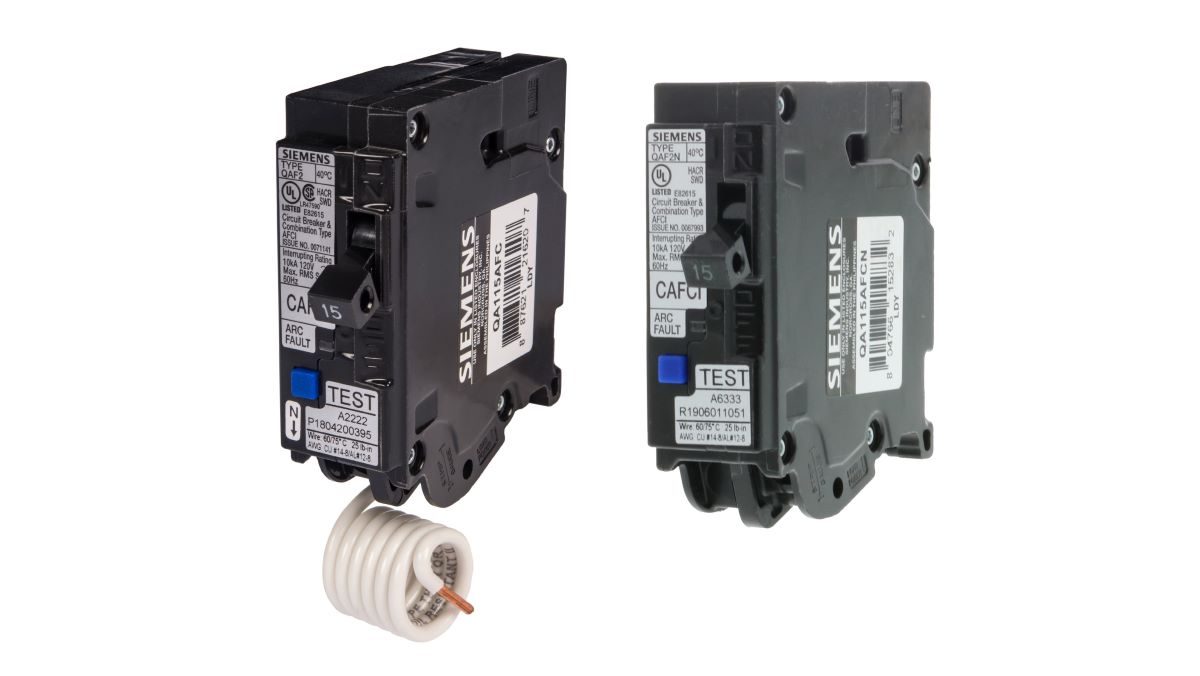
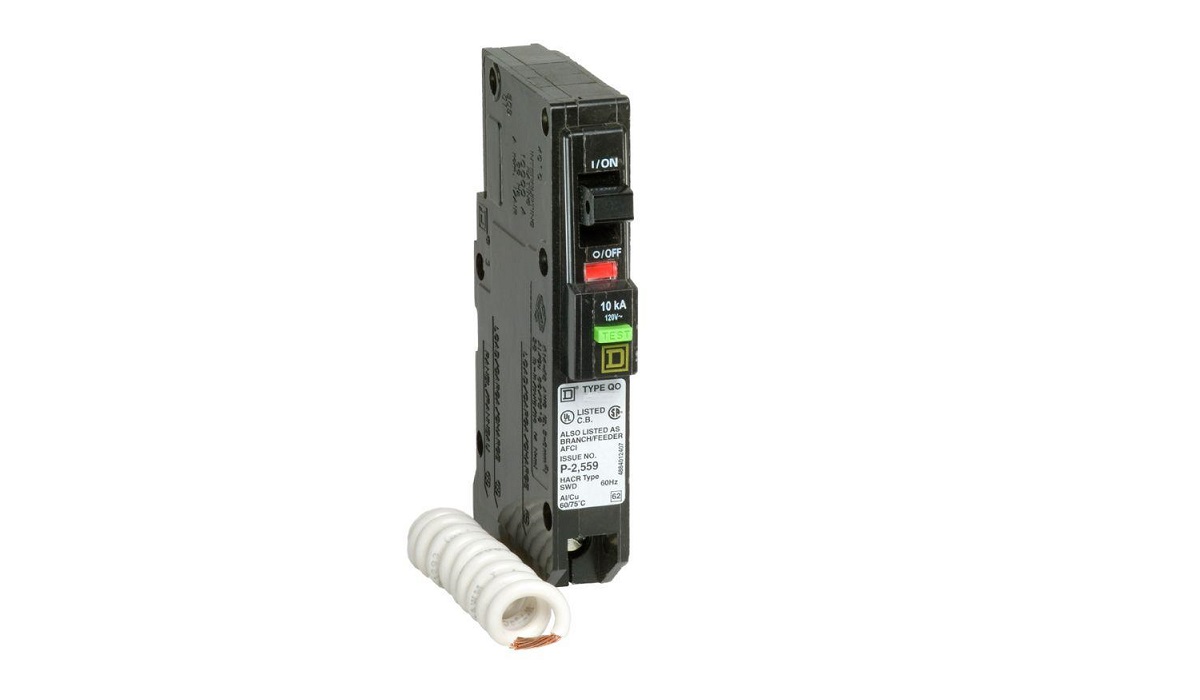
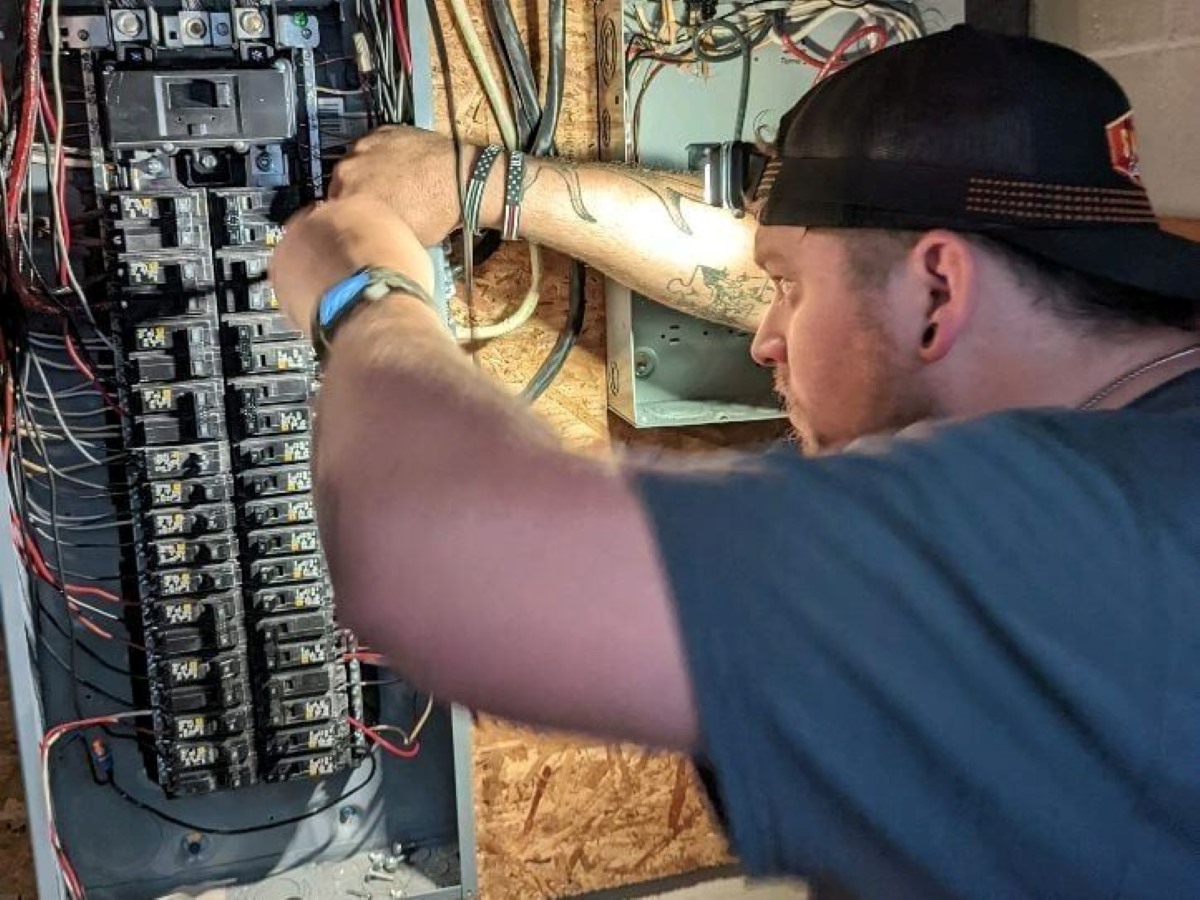
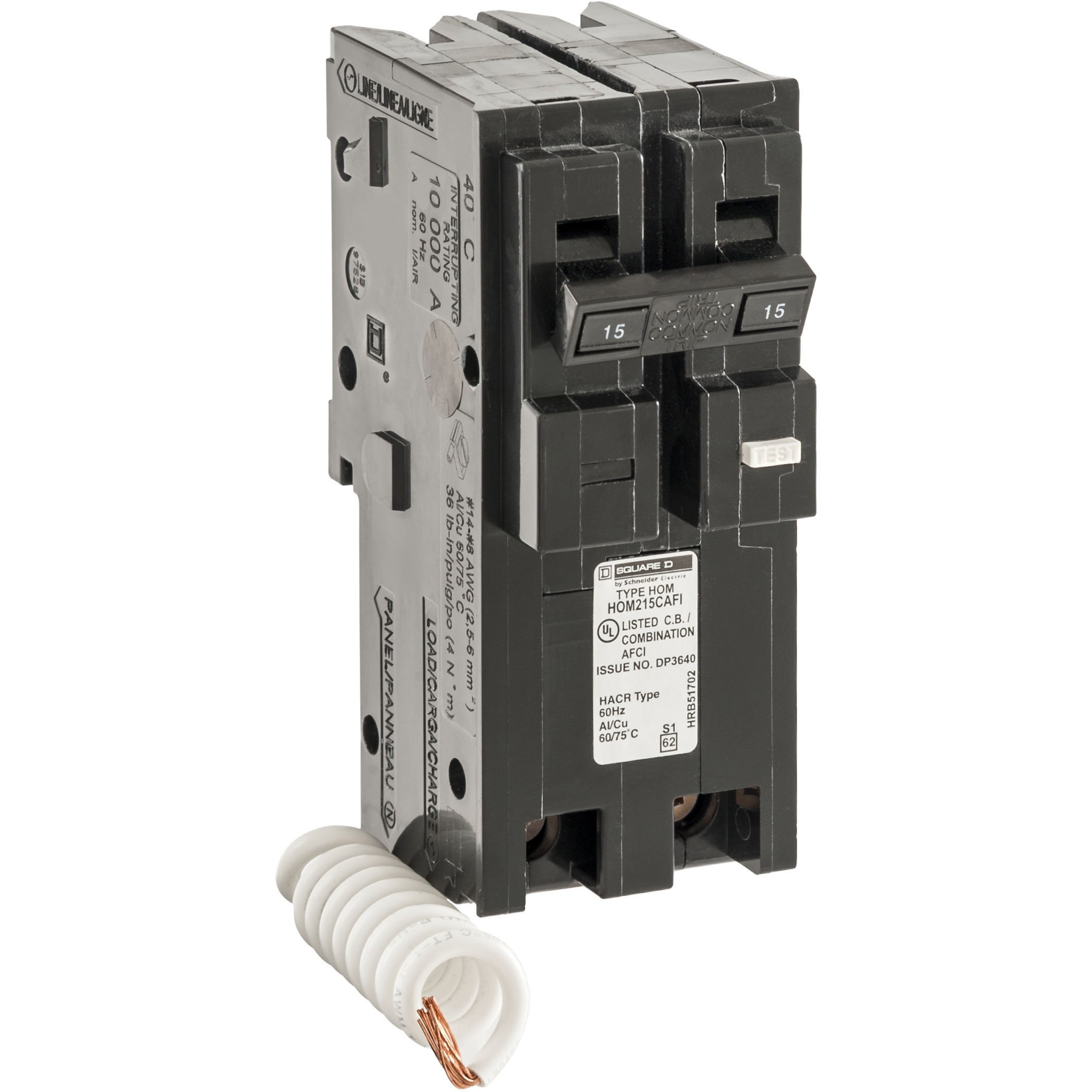
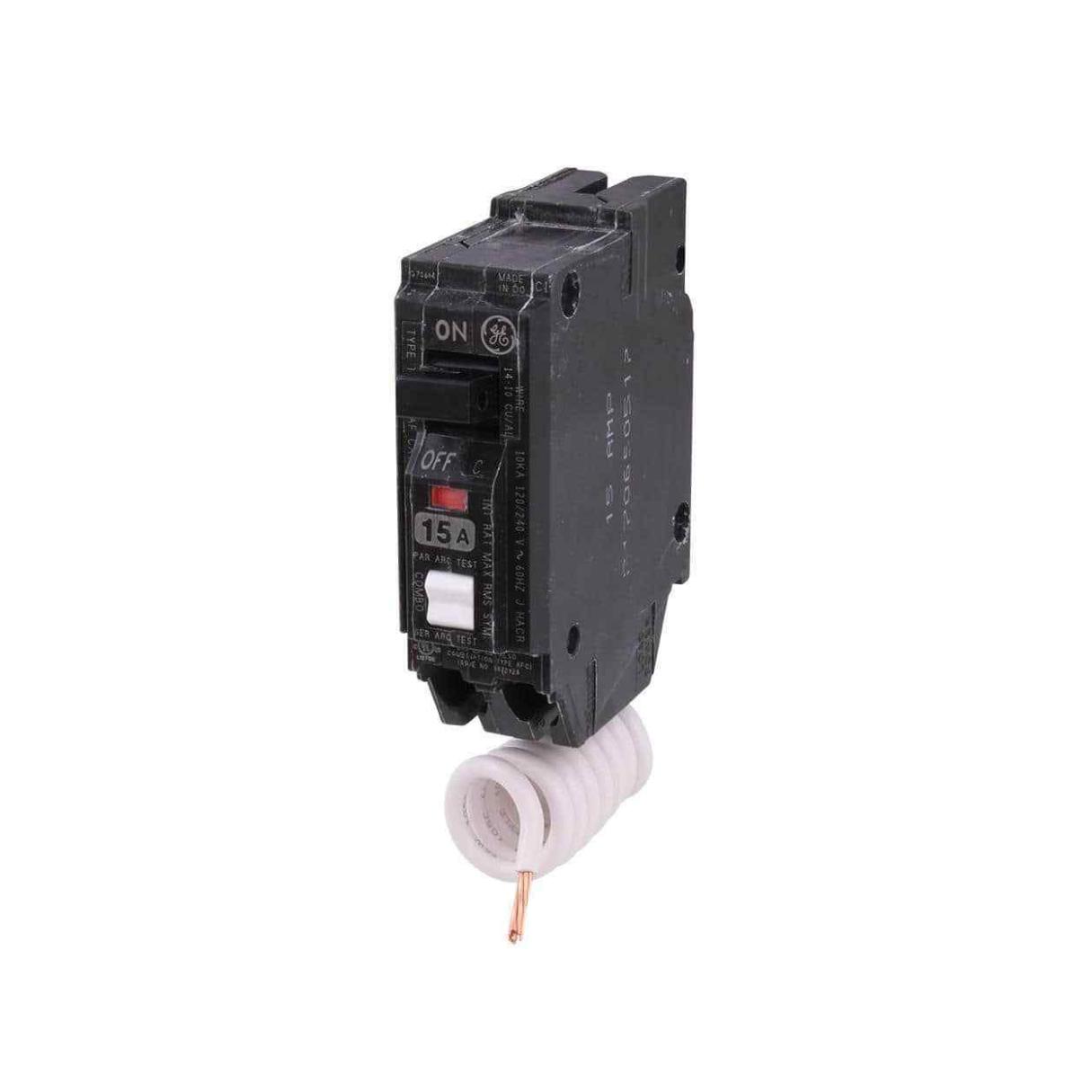
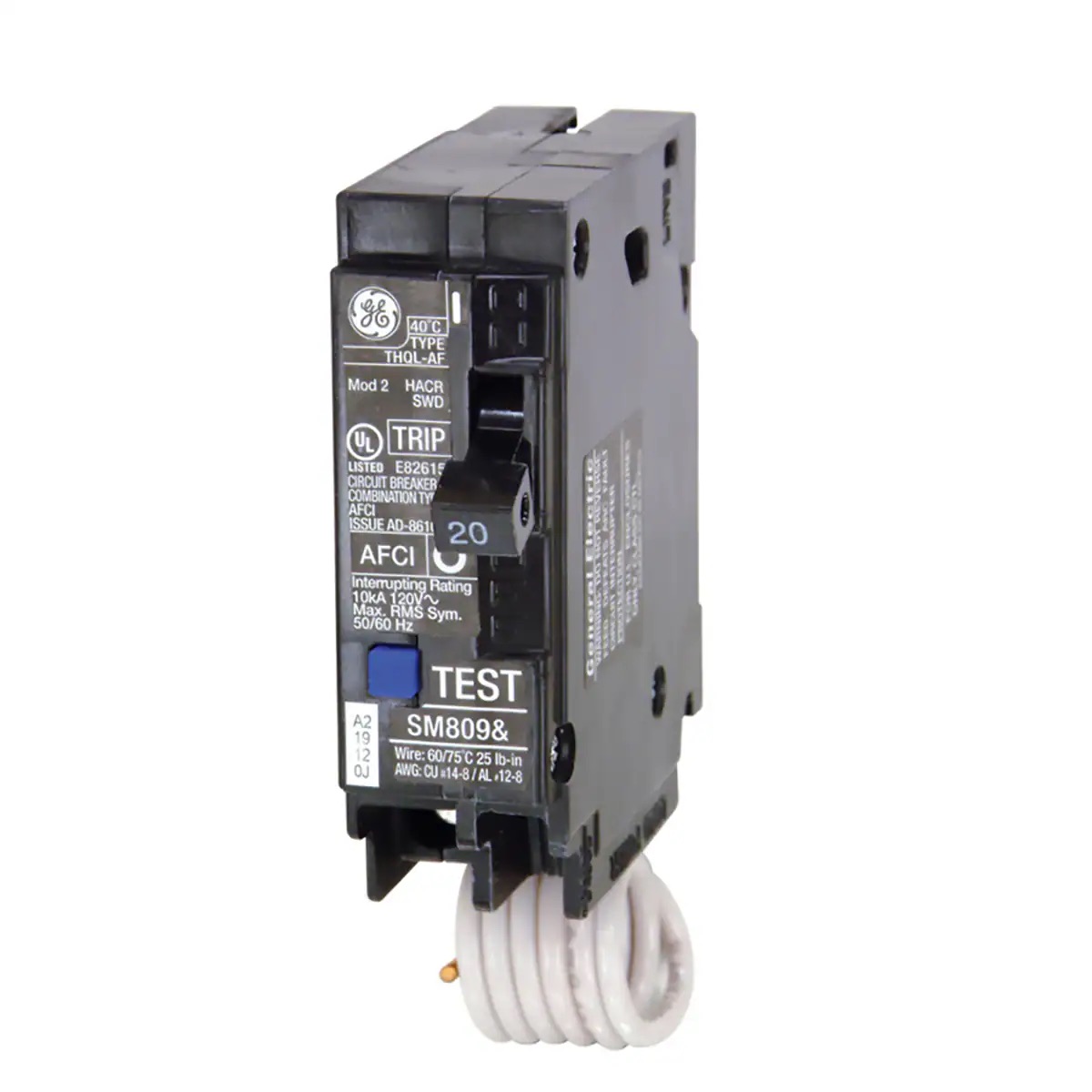
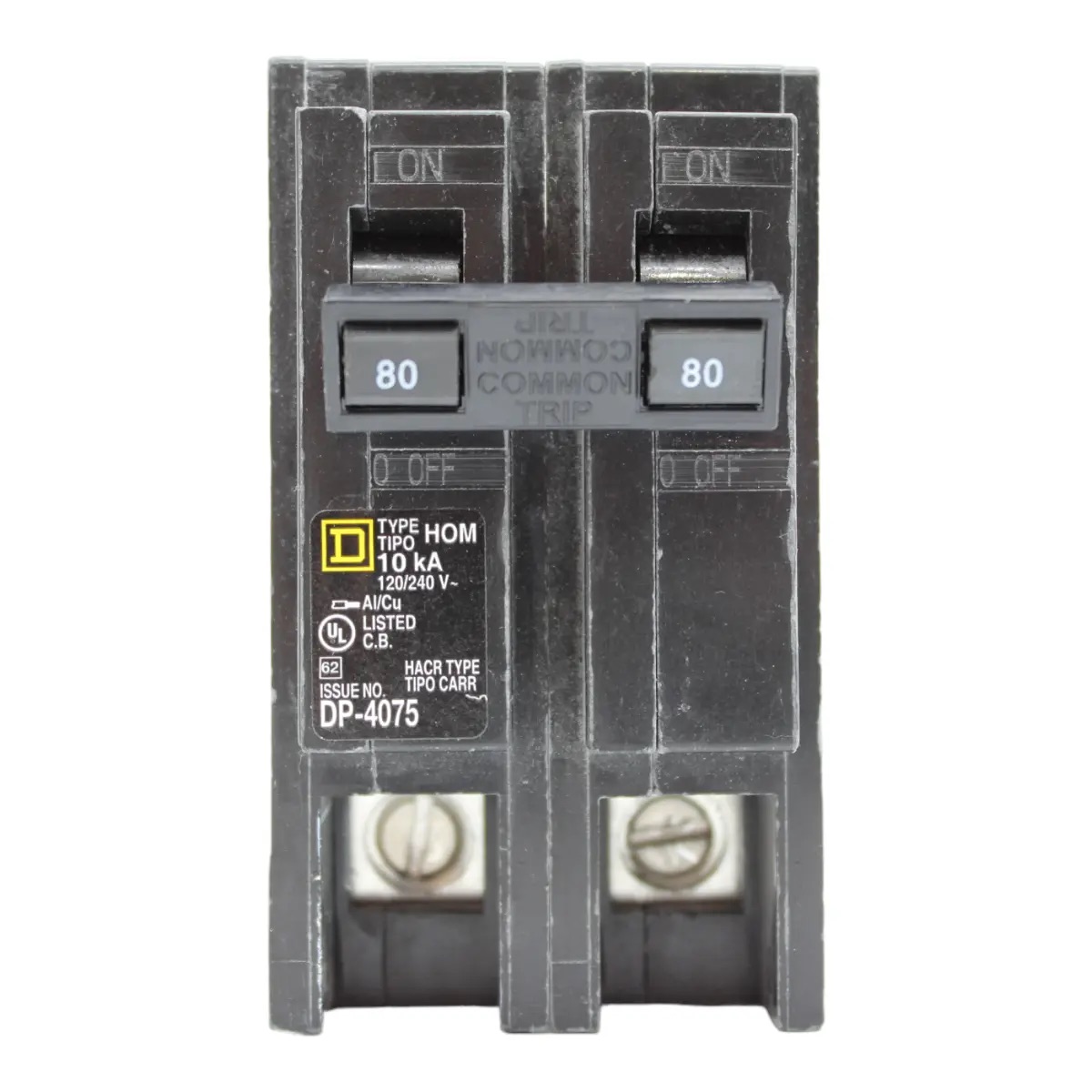

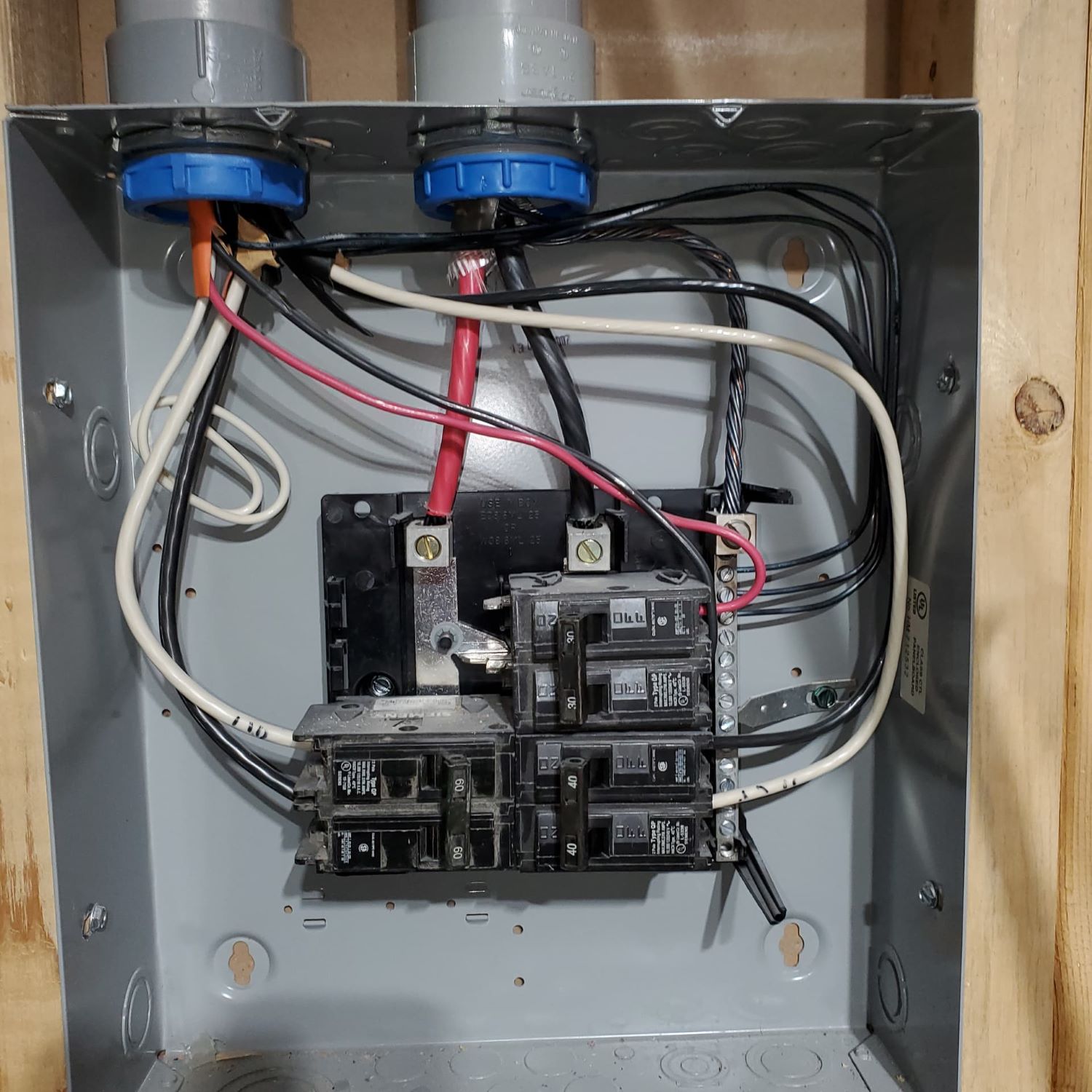
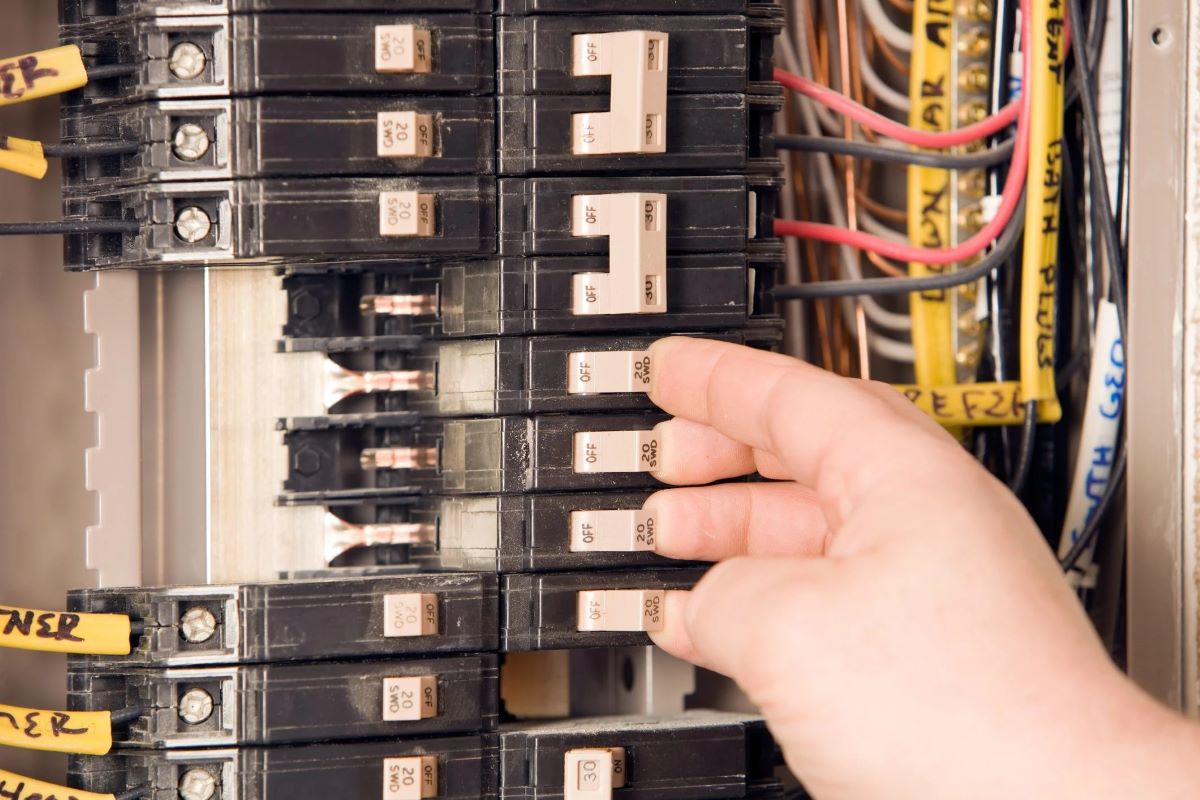
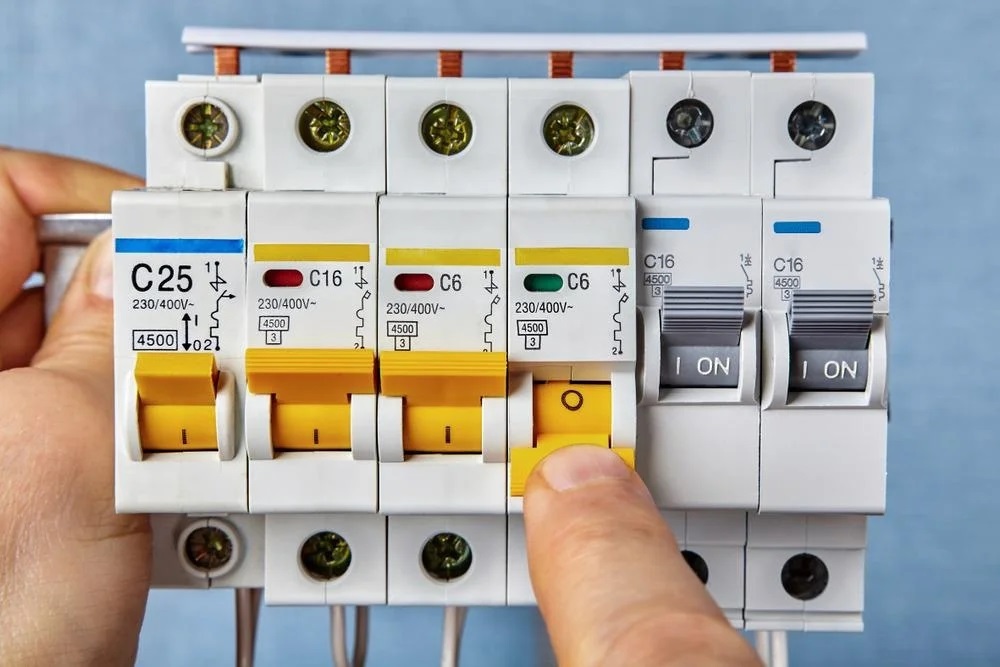
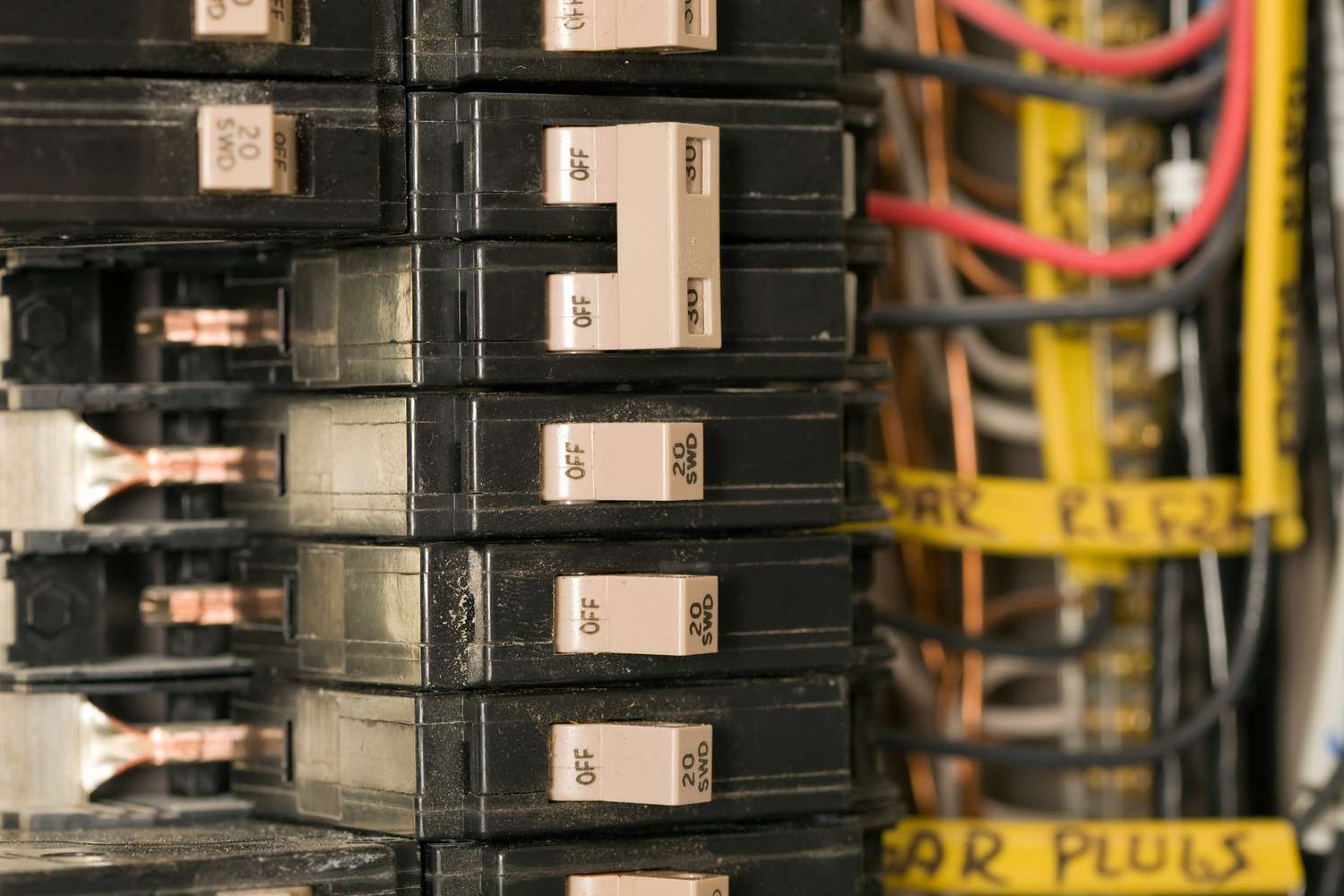
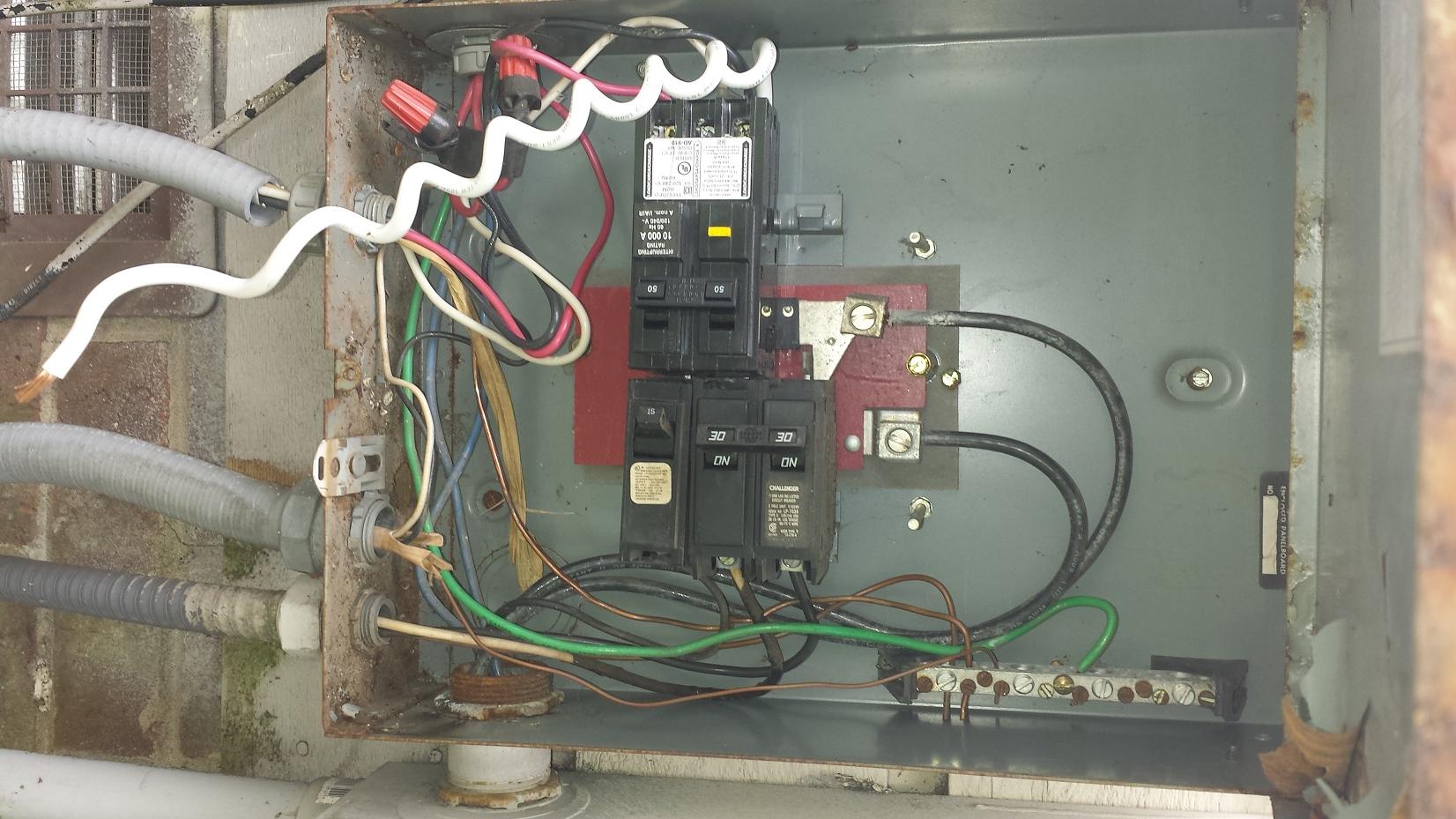


0 thoughts on “What Do Arc Fault Breakers Do”